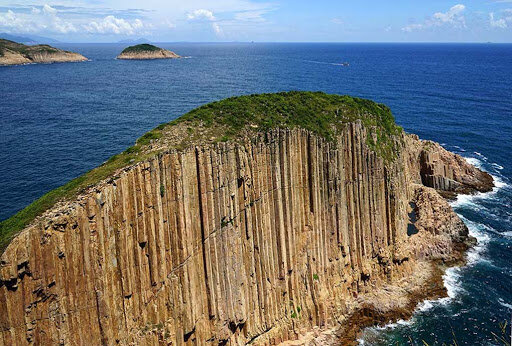Every winter, around 90,000 migratory birds take refuge in the marshes and mudflats of the internationally acclaimed Mai Po Nature Reserve. Of the 380 species of birds that inhabit the reserve, 35 are of global conservation concern including the Saunders’s gull and the black-faced spoonbill. Other critters such as otters, fiddler crabs and mudskippers also call the area home.
The best time for bird-watching is in the spring and autumn, when birds come to forage in the vicinity of Mai Po and the Inner Deep Bay wetlands, feeding on fish, shrimps and crabs among the mangroves.
The Mai Po Nature Reserve is listed in the Wild Animals Protection Ordinance of Hong Kong, so access to the area is restricted. Visitors can join a selection of organised tours that run throughout the year. Please visit World Wildlife Fund Hong Kong’s website for more information.
Known as Hong Kong's “Bird Paradise,” the Mai Po Nature Reserve has been managed by WWF-Hong Kong since 1983. Photo credit: timeout.com
Address: Mai Po, Yuen Long, New Territories
Telephone: +852 2526 1011
Website: www.wwf.org.hk
How to get there:
MTR Sheung Shui Station, Exit C. Take bus 76K and alight at Mai Po Station in Mai Po Village. Then walk along Tam Kon Chau Road for approximately 20 minutes to the main entrance located at the car park of the World Wide Fund For Nature Hong Kong.























